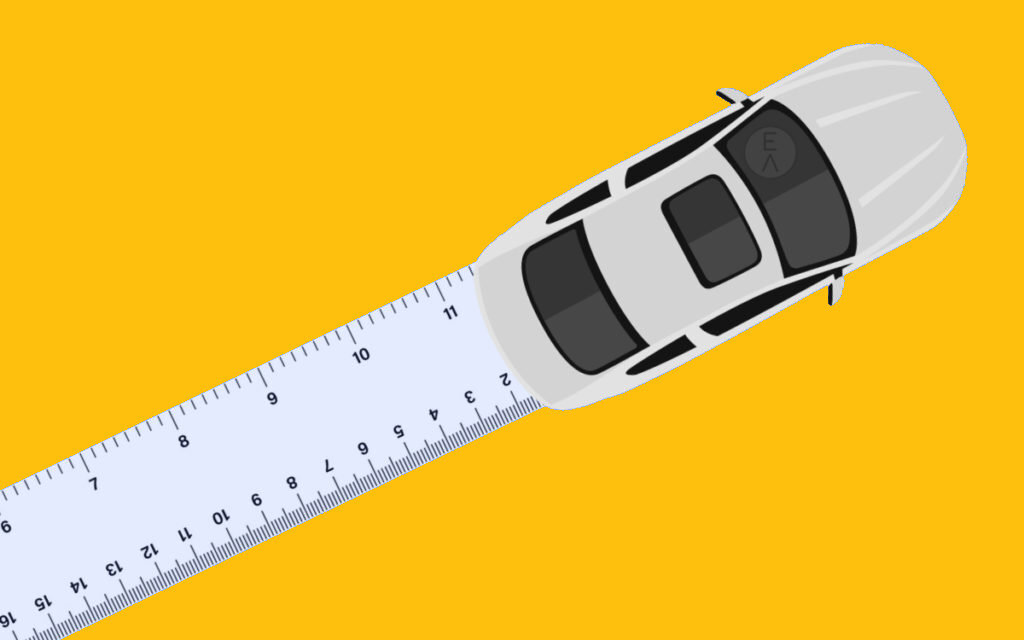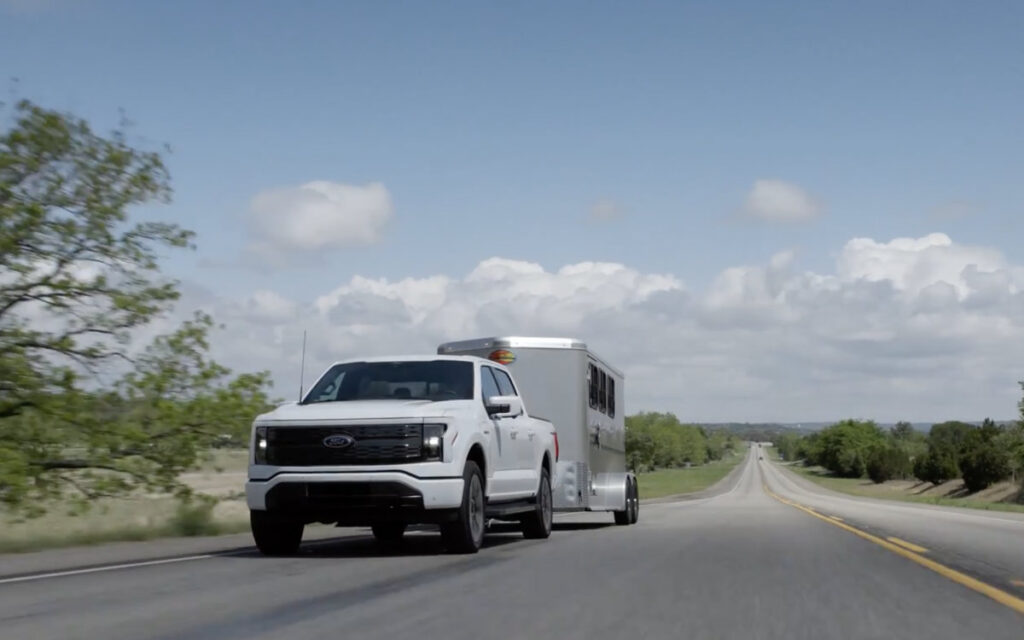
Electric vehicle range is truly a range
Electric vehicle range is a manufacturer-stated specification describing the distance the vehicle can travel on a full charge. This, like the fuel mileage on a combustion vehicle, is calculated in ideal conditions. In some cases, that range will be reduced (think a -20ºC day on a stretch of highway in February) and in some circumstances, the vehicle may actually exceed stated range (such as city driving on a perfect 20ºC day).
Range is the anticipated distance an electric vehicle can travel when fully charged.
Why is range so important to understand?
For starters, charging an EV takes more time than filling a gas tank, and fast-charging public networks aren’t as ubiquitous as legacy gas stations – at least, not yet.
You’re likely going to want to operate a fleet EV on a single charge per duty cycle — meaning, it can complete the day’s route without having to stop and top up. The real convenience of an EV comes from the fact that it can “refuel” while parked at the end of a day.
Some of the factors that affect range:
The range of the vehicle can fluctuate based on all kinds of conditions. That’s why it’s important to understand the lowest potential range of the EV you’re operating. You want to ensure the range of the vehicle — even on the worst day — can meet your needs before it needs to park and recharge.
- Cabin conditioning: Heat and air conditioning both draw power from the battery (which means less is available to drive the motor)
- Terrain: Going uphill will draw more power, while regenerative braking on the descent will recharge the battery
- Temperature: summer heat and winter cold both take the EV battery out of its optimal temperature range, affecting its power output by 10 to 20 per cent
- Wind resistance: Headwinds or side winds will make the motor work harder

- Reduced traction: dirt or gravel roads and precipitation-slicked surfaces will also cause the motor to work harder
- Driving style: EVs have great torque – fun for drivers, but rapid acceleration causes faster battery drain
- City versus highway driving: High-speed highway cruising causes faster battery drain due to wind resistance, while stop-and-start city driving returns charge to the battery more frequently
- Snow and ice: These conditions increase the rolling resistance of the tires
- Buffer: As with a tank of gas, you don’t drive until you hit empty on a battery.
Managing range anxiety
Range anxiety is the worry that the vehicle you’re driving won’t have enough battery power to get to the next charging station — or to make it back to the depot.
The best way to manage range anxiety is to plan your routes with the vehicle’s lowest potential range in mind, not its maximum stated range. You’ll want to ensure your drivers and employees can head back to base or home without dropping below a 15 per cent charge.
How range is calculated
A vehicle’s maximum range is based on the battery’s capacity (in kWh) and the power of the motor (in kW). Vehicles are tested by the U.S. Environmental Protection Agency (EPA).
When choosing electric vehicles for your fleet, you can see why range is one of the most important specs to think about in vehicle selection. The goal is to give your drivers a comfortable cushion for all conditions, all year round, ideally on a single charge.
Imperial Sign of Vancouver recharges its fleet of Teslas overnight at their warehouse, but also counts on the use of public charging to top up vehicle batteries. The Teslas are primarily used by project managers on long trips, and the time spent at public charging stations is offset by the time-saving advantage of being able to use high-occupancy vehicle lanes during commuter traffic.
Next: Now that you know how EV range works, learn about what you can do to make the most of it.
Reproduction of any or all of this material is strictly prohibited without permission. Please contact fleets@electricautonomy.ca for inquiries. Copyright © 2025 – Electric Autonomy Canada – ArcAscent Inc. – All Rights Reserved
Want to learn more? Sign up or log in so you can track your progress, earn a course certificate and receive exclusive invitations to our live learning sessions.